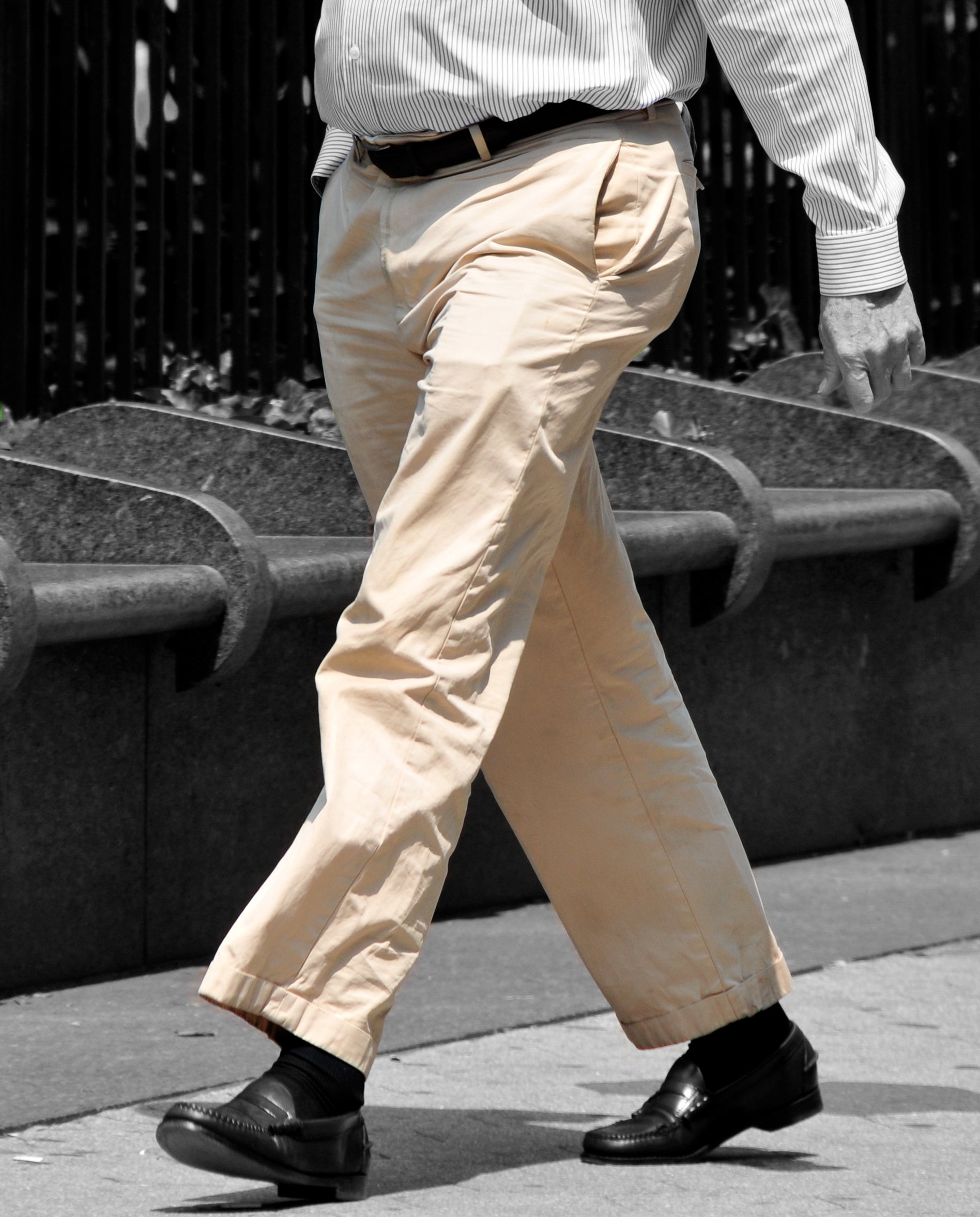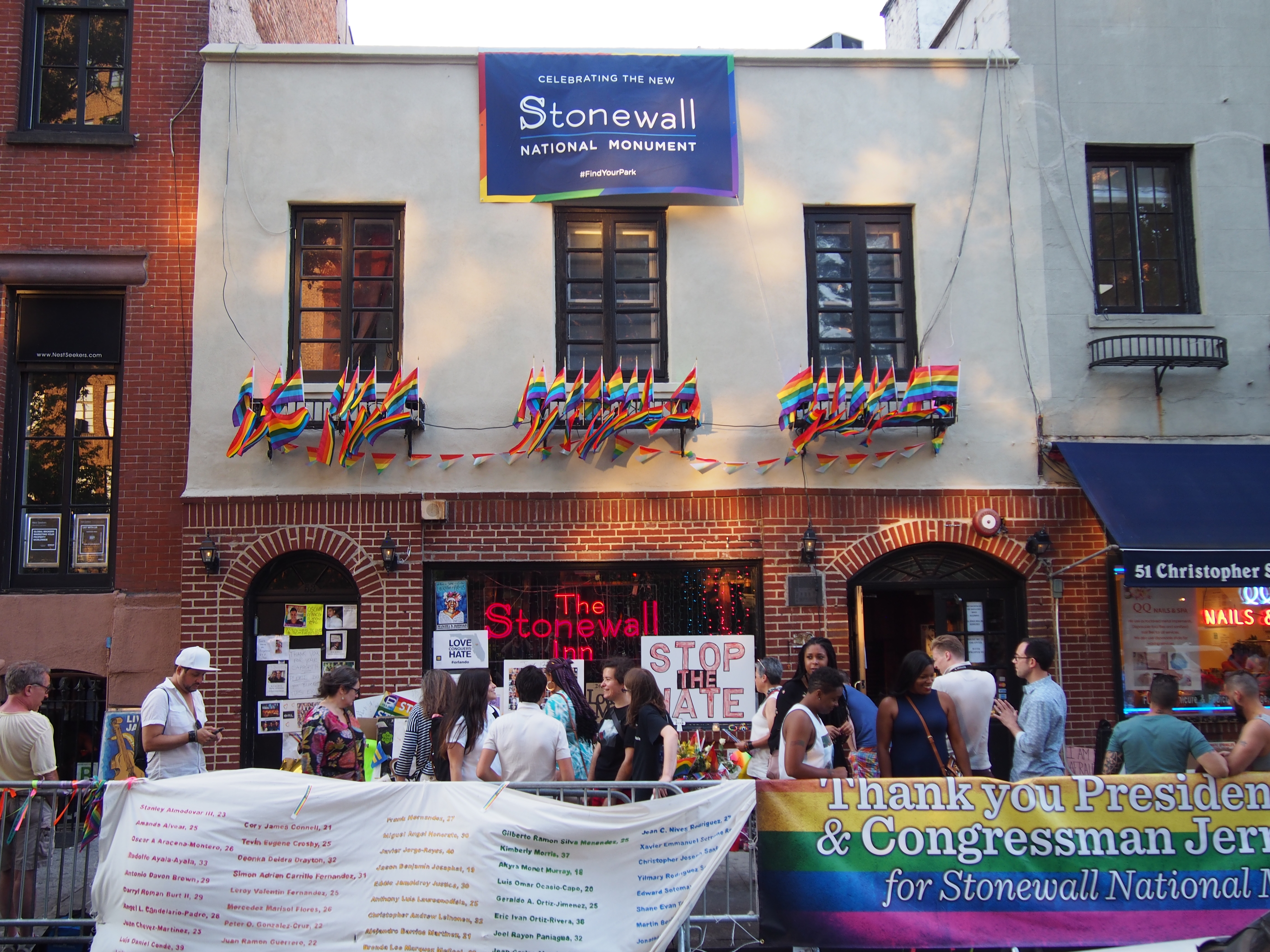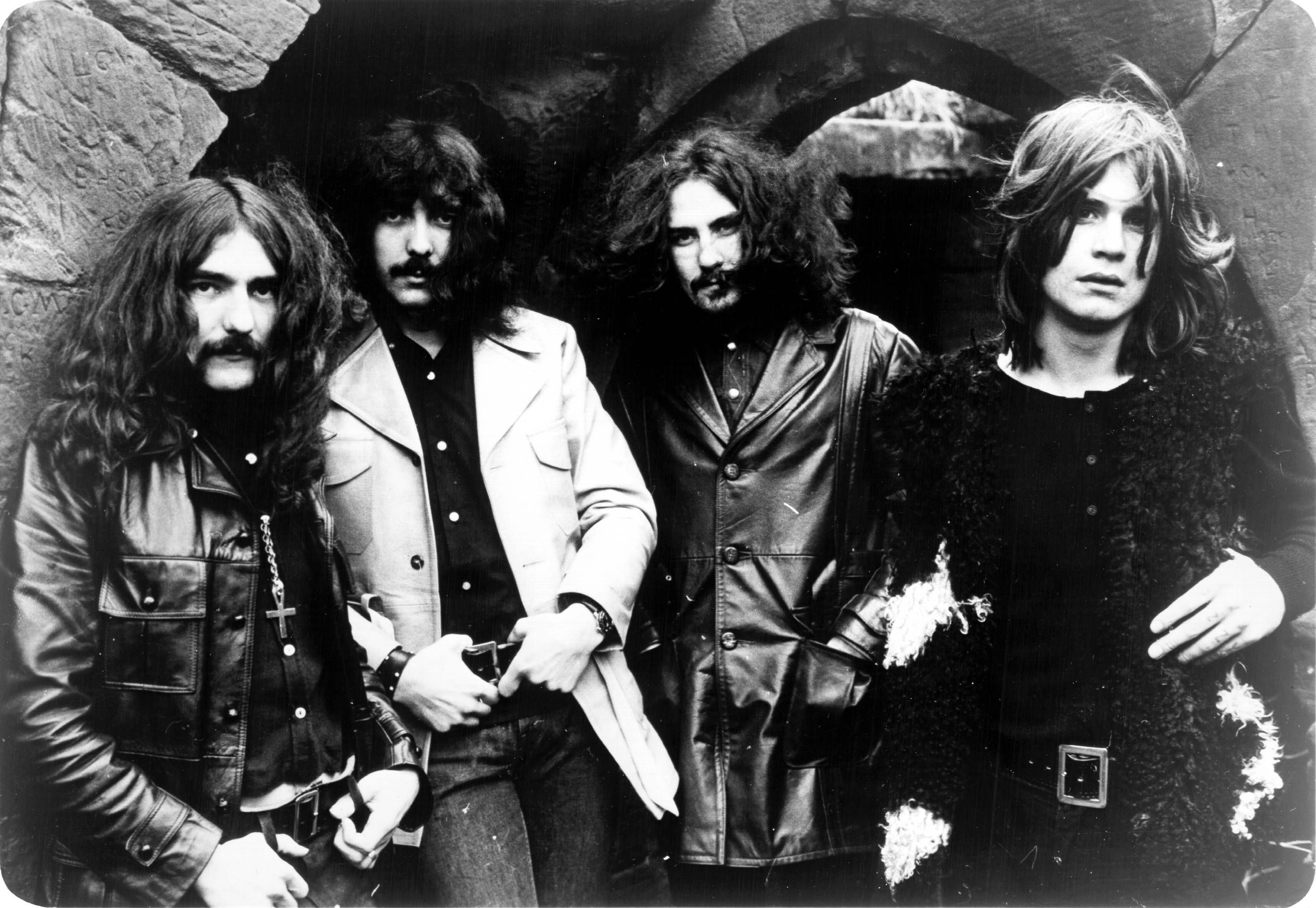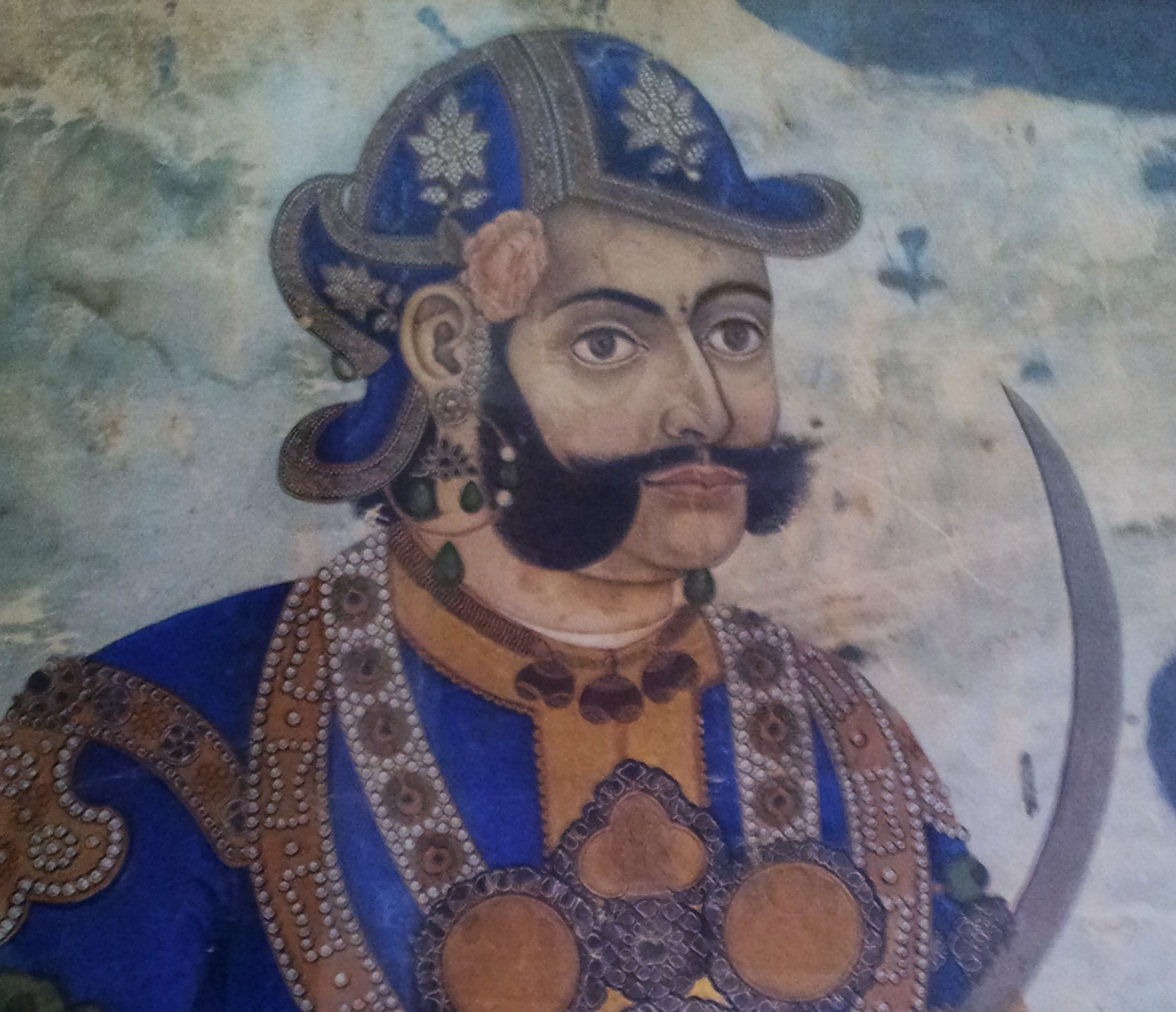|
Castro Clone
''Castro clone'' is LGBT slang for a homosexual man who appears in dress and style as an idealized working-class man. The term and image grew out of the heavily gay-populated Castro neighborhood in San Francisco during the late 1970s, when the modern LGBT rights movement, sparked by the 1969 Stonewall riots in New York City and the Summer of Love, gave rise to an urban community. The first recorded usage of the term is from Arthur Evans's "Red Queen Broadsides", a series of posters he wheatpasted around the Castro at the time. The look was most common from roughly the mid-1970s to around the mid-1980s. The Castro style regained popularity in the first decade of the 21st century, particularly among LGBT hipsters. Fashion The Castro-clone appearance typically consisted of masculine attire such as uniforms, leather or Levi's jeans, and checked (or plaid) shirts. Typical of the look was a form-fitting T-shirt, shrink-to-fit denim trousers worn snugly (bell bottoms and low-rise ... [...More Info...] [...Related Items...] OR: [Wikipedia] [Google] [Baidu] |
LGBT Slang
LGBT slang, LGBT speak, or gay slang is a set of English slang lexicon used predominantly among LGBT people. It has been used in various languages since the early 20th century as a means by which members of the LGBT community identify themselves and speak in code with brevity and speed to others. The acronym LGBT was popularized in the 1990s and stands for Lesbian, Gay, Bisexual, and Transgender. History and context Because of sodomy laws and threat of prosecution due to the criminalization of homosexuality, LGBT slang has served as an argot or cant, a secret language and a way for the LGBT community to communicate with each other publicly without revealing their sexual orientation to others. Since the advent of queer studies in universities, LGBT slang and argot has become a subject of academic research among linguistic anthropology scholars. During the first seven decades of the 20th century, a specific form of Polari was developed by gay men and lesbians in urba ... [...More Info...] [...Related Items...] OR: [Wikipedia] [Google] [Baidu] |
Trousers
Trousers (British English), slacks, or pants are an item of clothing worn from the waist to anywhere between the knees and the ankles, covering both legs separately (rather than with cloth extending across both legs as in robes, skirts, and dresses). In the United Kingdom, the word ''pants'' generally means underwear and not trousers. Shorts are similar to trousers, but with legs that come down only to around the area of the knee, higher or lower depending on the style of the garment. To distinguish them from shorts, trousers may be called "long trousers" in certain contexts such as school uniform, where tailored shorts may be called "short trousers" in the UK. The oldest known trousers, dating to the period between the thirteenth and the tenth centuries BC, were found at the Yanghai cemetery in Turpan, Sinkiang (Tocharia), in present-day western China. Made of wool, the trousers had straight legs and wide crotches and were likely made for horseback riding. In most of Europe ... [...More Info...] [...Related Items...] OR: [Wikipedia] [Google] [Baidu] |
LGBT Social Movements
Lesbian, gay, bisexual, and transgender (LGBT) movements are social movements that advocate for LGBT people in society. Some focus on equal rights, such as the ongoing movement for same-sex marriage, while others focus on liberation, as in the gay liberation movement of the 1960s and 1970s. Earlier movements focused on self-help and self-acceptance, such as the homophile movement of the 1950s. Although there is not a primary or an overarching central organization that represents all LGBT people and their interests, numerous LGBT rights organizations are active worldwide. The earliest organizations to support LGBT rights were formed in the early 20th century. A commonly stated goal among these movements is social equality for LGBT people, but there is still denial of full LGBT rights. Some have also focused on building LGBT communities or worked towards liberation for the broader society from biphobia, homophobia, and transphobia. There is a struggle for LGBT rights tod ... [...More Info...] [...Related Items...] OR: [Wikipedia] [Google] [Baidu] |
Gay Community
The LGBT community (also known as the LGBTQ+ community, GLBT community, gay community, or queer community) is a loosely defined grouping of lesbian, gay, bisexual, transgender, and other queer individuals united by a common culture and social movements. These communities generally celebrate pride, diversity, individuality, and sexuality. LGBT activists and sociologists see LGBT community-building as a counterweight to heterosexism, homophobia, biphobia, transphobia, sexualism, and conformist pressures that exist in the larger society. The term ''pride'' or sometimes ''gay pride'' expresses the LGBT community's identity and collective strength; pride parades provide both a prime example of the use and a demonstration of the general meaning of the term. The LGBT community is diverse in political affiliation. Not all people who are lesbian, gay, bisexual, or transgender consider themselves part of the LGBT community. Groups that may be considered part of the LGBT community ... [...More Info...] [...Related Items...] OR: [Wikipedia] [Google] [Baidu] |
Cruising For Sex
Cruising for sex, or cruising, is walking or driving about a locality, called a cruising ground, in search of a sex partner, usually of the anonymous, casual, one-time variety. Published: 11-14-2007 Published: 9-21-2005 Article from NYT about a cruising area in New York City The term is also used when technology is used to find casual sex, such as using an Internet site or a telephone service. Origin and historical usage According to historian and author Tim Blanning, the term cruising originates from the Dutch equivalent ''kruisen''. In a specifically sexual context, the term "cruising" originally emerged as an argot "code word" in gay slang, by which those "in the know" would understand the speaker's unstated sexual intent, whereas most heterosexuals, on hearing the same word in the same context, would normally misread the speaker's intended meaning in the word's more common nonsexual sense. This served (and in some contexts, still serves) as a protective sociolinguistic me ... [...More Info...] [...Related Items...] OR: [Wikipedia] [Google] [Baidu] |
Sexuality And Gender Identity-based Cultures
Sexuality and gender identity-based cultures are subcultures and communities composed of people who have shared experiences, backgrounds, or interests due to common sexual or gender identities. Among the first to argue that members of sexual minorities can also constitute cultural minorities were Adolf Brand, Magnus Hirschfeld, and Leontine Sagan in Germany. These pioneers were later followed by the Mattachine Society and the Daughters of Bilitis in the United States. Not all persons of various gender and sexual orientations identify or affiliate with a particular subculture. Reasons include geographic distance, unawareness of the subculture's existence, fear of social stigma, or personal preference to remain unidentified with sexuality- or gender-based subcultures or communities. Some have suggested that the identities defined by the Western heterosexualized cultures are based on sexuality, have serious flaws, and often leave no space for the public to discuss these flaws ... [...More Info...] [...Related Items...] OR: [Wikipedia] [Google] [Baidu] |
Heavy Metal Subculture
Fans of heavy metal music have created their own subculture that encompasses more than just appreciation of the style of music. Fans affirm their membership in the subculture or scene by attending metal concerts (an activity seen as central to the subculture), buying albums, growing their hair long in most to (almost always) all cases (although some metalheads do wear their hair short; one very famous example is late 70s to 80s-era Rob Halford), wearing jackets or vests often made of denim and leather, adorned with band patches and often studs, and since the early 1980s, by contributing to metal publications. The metal scene, like the rock scene in general, is associated with alcohol, tobacco and drug use, as well as riding motorcycles and having many tattoos. While there are songs that celebrate drinking, smoking, drug use, gambling, having tattoos and partying, there are also many songs that warn about the dangers of those activities. The metal fan base was traditionally workin ... [...More Info...] [...Related Items...] OR: [Wikipedia] [Google] [Baidu] |
Punk Subculture
The punk subculture includes a diverse and widely known array of ideologies, fashion, and other forms of expression, visual art, dance, literature, and film. Largely characterised by anti-establishment views, the promotion of individual freedom, and the DIY ethics, the culture originated from punk rock. The punk ethos is primarily made up of beliefs such as non-conformity, anti-authoritarianism, anti-corporatism, a do-it-yourself ethic, anti-consumerist, anti-corporate greed, direct action, and not " selling out". There is a wide range of punk fashion, including T-shirts, leather jackets, Dr. Martens boots, hairstyles such as brightly coloured hair and spiked mohawks, cosmetics, tattoos, jewellery, and body modification. Women in the hardcore scene typically wore masculine clothing. Punk aesthetics determine the type of art punks enjoy, which typically has underground, minimalist, iconoclastic, and satirical sensibilities. Punk has generated a considerable amount of ... [...More Info...] [...Related Items...] OR: [Wikipedia] [Google] [Baidu] |
Greaser (subculture)
Greasers are a youth subculture that emerged in the 1950s and early 1960s from predominantly working class and lower-class teenagers and young adults in the United States. The subculture remained prominent into the mid-1960s and was particularly embraced by certain ethnic groups in urban areas, particularly Italian Americans and Latino Americans. History Etymology of the term greaser The etymology for the term ''greaser'' is unknown. It is speculated that the word originated in the late 19th century in the United States as a derogatory label for poor laborers, specifically those of Italian, Greek or Mexican descent. The similar term "greaseball" is a slur for individuals of Italian or Greek descent, though to a lesser extent it has also been used more generally to refer to all Mediterranean, Latino, or Hispanic people. By the time of the Civil War, the word was understood to carry racist and segregationist meanings. It was later used to reference automotive mechanics. ... [...More Info...] [...Related Items...] OR: [Wikipedia] [Google] [Baidu] |
Hair Spray
Hair spray (also hair lacquer or spritz) is a common cosmetic hairstyling product that is sprayed onto hair to protect against humidity and wind. Hair sprays typically consist of several components for the hair as well as a propellant. Ingredients and operation Hair sprays consist of the following components: concentrate, plasticizers, luster agents, and fragrances, as well as propellants. Concentrate Hair spray are a blend of polymers that provide structural support to hair. These frequently include copolymers of polyvinylpyrrolidone (PVP) and polyvinyl acetate (PVAc). Vinyl acetate- crotonic acid copolymers give harder films. In this way hairsprays can be formulated as flexible, medium, and maximum hold. The copolymer mixture is usually adjusted to achieve the desired physical properties (adhesive strength, foaming, etc.), using plasticizers such as aminomethyl propanol, surfactants such as benzalkonium chloride, and other agents like dimethicone. Propellants ... [...More Info...] [...Related Items...] OR: [Wikipedia] [Google] [Baidu] |
Crew Cut
A crew cut is a type of haircut in which the upright hair on the top of the head is cut relatively short, graduated in length from the longest hair that forms a short pomp ( pompadour) at the front hairline to the shortest at the back of the crown so that in side profile, the outline of the top hair approaches the horizontal. Relative to the front view, and to varying degrees, the outline of the top hair can be arched or flattened at the short pomp front and rounded or flattened over the rest of the top to complement the front hairline, head shape, face shape and facial features. The hair on the sides and back of the head is usually tapered short, semi-short, or medium. A short crew cut is sometimes referred to as a butch, though with the exception of variant forms, a butch differs from a crew cut in that the top hair is cut a uniform short length. A long crew cut can be referred to in the US as an ivy league crew cut or ''ivy league''. A crew cut where the hair on the top of ... [...More Info...] [...Related Items...] OR: [Wikipedia] [Google] [Baidu] |
Sideburns
Sideburns, sideboards, or side whiskers are facial hair grown on the sides of the face, extending from the hairline to run parallel to or beyond the ears. The term ''sideburns'' is a 19th-century corruption of the original ''burnsides'', named after American Civil War general Ambrose Burnside, a man known for his unusual facial hairstyle that connected thick sideburns by way of a moustache, but left the chin clean-shaven. Variations Sideburns can be worn and grown in combination with other styles of facial hair, such as the moustache or goatee, but once they extend from ear to ear via the chin they cease to be sideburns and become a beard, chinstrap beard, or chin curtain. Indigenous men of Colombia and Mexico, including Aztecs, shaved their heads and wore their braided sideburns long, said to be wearing "balcarrotas", rarely seen in modern times, but prized in the 16th century as a mark of virile vanity and banned by the colonial authorities in New Spain, resulting in ... [...More Info...] [...Related Items...] OR: [Wikipedia] [Google] [Baidu] |



_(cropped).jpg)




